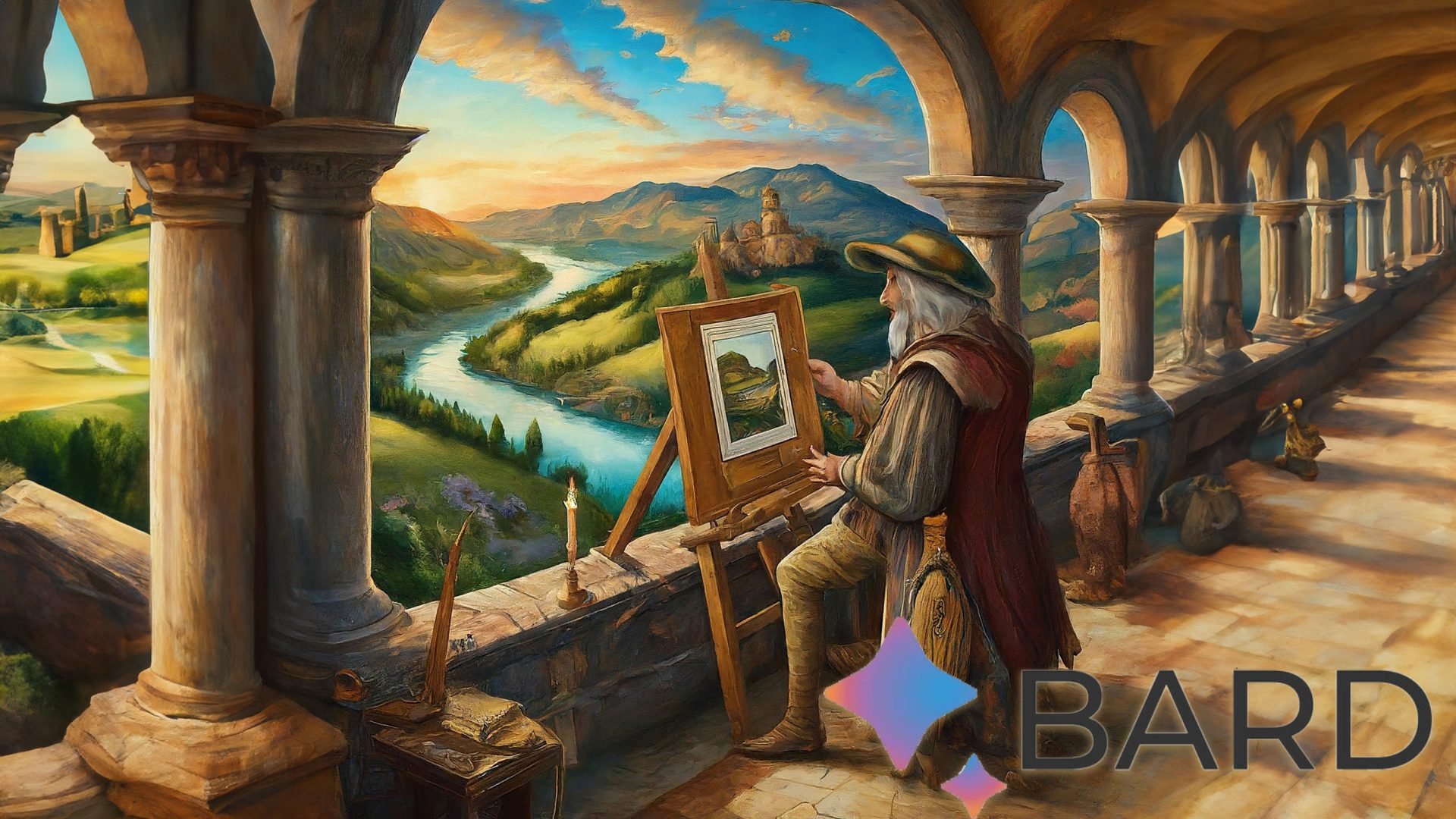


After the initial reports, now it’s official: Google Bard can generate AI images! The feature has already become available to users globally, so I just had to test it out. To my pleasant surprise, the generator returns images in a jiffy – and they’re pretty good!
How it works?
Bard’s image generator in English is now available “in most countries around the world,” as Google writes, and it’s free. You don’t need to pay extra as you need for ChatGPT’s image generator, based on DALL-E 3. Speaking of the base, Bard’s image generator is powered by Google’s Imagen 2 model, “designed to balance quality and speed, delivering high-quality, photorealistic outputs.” As I mentioned, it delivers what it promises.
Generating images in Bard functions pretty much like any other AI image generator: just type in your prompt, wait a few seconds, and you’ll get the results.
Google notes that the image generation feature “was designed with responsibility in mind.”
“For instance, to ensure there’s a clear distinction between visuals created with Bard and original human artwork, Bard uses SynthID to embed digitally identifiable watermarks into the pixels of generated images.”
More ways to generate AI images through Google
Google has flirted with generative AI models before. Back in 2022, it released Imagen Video to pair Meta’s video generator. In 2023, it incorporated Adobe’s AI generator Firefly into Bard. But other than Bard, Google now offers another way to generate AI images. It’s called ImageFX, and it’s yet another tool that lets you create images with text prompts.
“Our early experiments in Labs highlighted how important creative exploration is to new users of generative AI tools,” Google writes in the statement. “People often discover new ideas through testing a range of prompts and concepts as they iterate.” To encourage creativity, ImageFX offers a prompt interface with “expressive chips” that enable you to quickly experiment with dimensions adjacent to your ideas.
And now: The Google Bard images
I ran a quick test to generate a few images. My first impression is that Bard generates results way faster than any other AI image generator, and I’ve probably used all of them. The resulting images are also either great or decent, with some exceptions here and there. But overall, I’m amazed by how well and fast it works.
After typing in prompts, Bard will give you two results. You can then click on “Generate more” for two more images. From there on, you’ll need a new prompt (or copy and paste the current one) if you want more images.




I also tried uploading a landscape photo to Bard and telling it to generate snow, but it doesn’t work that way. All I got was a description of what it would look like in winter. 🙂


Example images
Here are the example images I got, with my prompts in the captions.
























Here are attempts to create illustrations and “photos” of me over the past few weeks… LOOK AT THE HANDS!
















Pros and cons
Pros:
- Incredibly fast (results in 2-5 seconds)
- Easy to use
- Most results are good, or at least decent
- Great for illustrations
- Free
Cons
- Weird hands
- Sometimes Bard gets stubborn and won’t generate two more images, you need to copy/paste the prompt and start again
- You can’t bulk download your images
- Images are always in square format, even if you write the aspect ratio in the prompt
Maybe Bard is a tad late to the party, considering that ChatGPT has had this feature for a while now. However, speed and the $0 price tag are significant advantages. Plus, from my experience, ChatGPT doesn’t generate images that well, so I give my point to Bard here, too.
Have you tested Bard’s AI image generator? How do you like it?
[via The Verge]






